The Ideal Soil Mix for Healthy, Happy Cacti
You probably know that cacti are a type of succulent plant. But did you know that not all succulents are cacti? Both cacti and other succulents can store water in their stems or leaves, but cacti have special tiny bumps called areoles. These areoles are where the spines grow from. With the right care, these desert natives can thrive right in your home!
Cacti are low-maintenance plants that can sometimes survive a little neglect. Some varieties only need watering every 2 or 3 months. But what kind of soil do cacti need to grow their best?
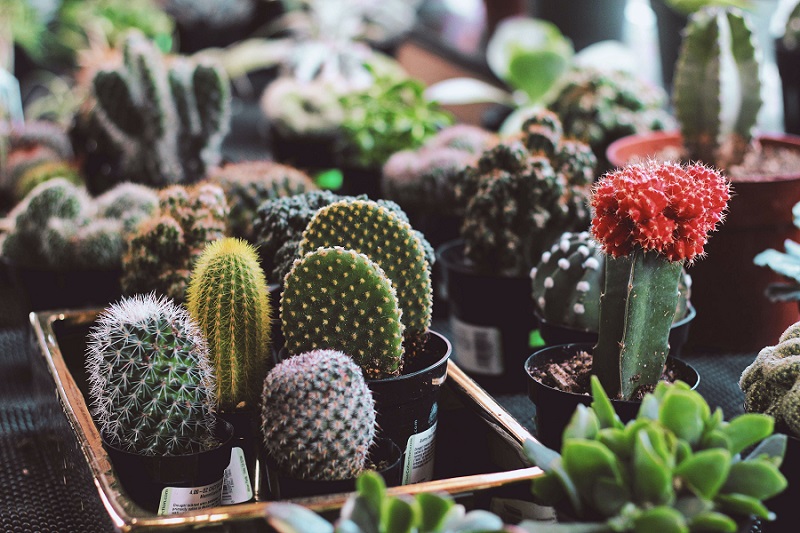
Contents
What Kind of Soil do Cacti Need?
Cacti need soil that drains water really well. Soggy or constantly damp soil leads to rotting and can kill your cactus. This means regular potting soil or soil with a lot of clay is not a good choice, as these hold moisture for too long.
You might find some cacti growing in clay-like soil in the desert, but those plants live in very different conditions than a pot in your home.
The Best Soil Depends on the Cactus Type
Store-Bought Cactus Soil
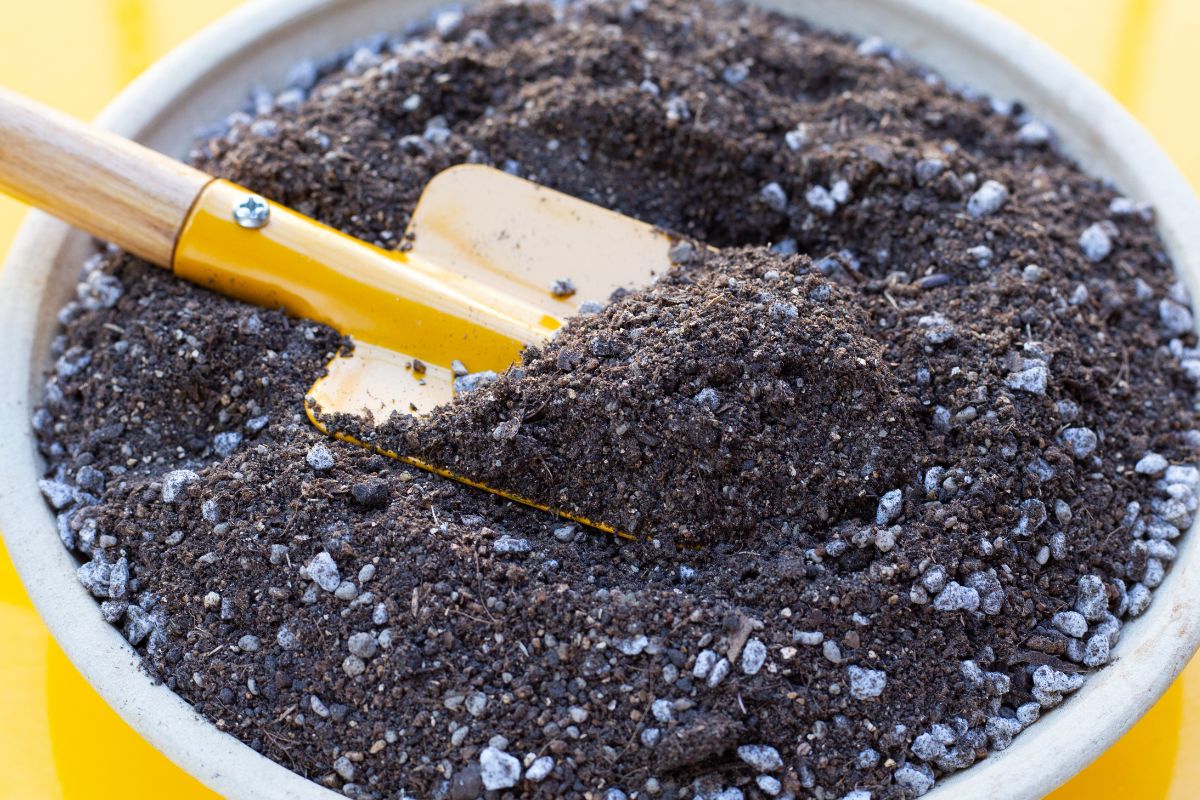
Many stores sell pre-mixed “cactus soil.” These blends contain organic material like compost or peat mixed with sand and small rocks. This kind of soil works okay for some easy-going cactus varieties like Echinopsis or Opuntia. However, it’s not ideal for all cactus types.
The store-bought mixes tend to hold moisture longer than many cacti prefer due to the compost or peat content. They also have a low pH level. But some cacti actually do better in soil without much organic matter and a higher pH.
Gritty, Low-Organic Soil
Cacti from areas like Mexico, such as the genera Ariocarpus, Astrophytum, Ferocactus, Mammillaria, Echinocactus, and Thelocactus, often grow best in a very gritty, low-organic soil mix. Good choices include:
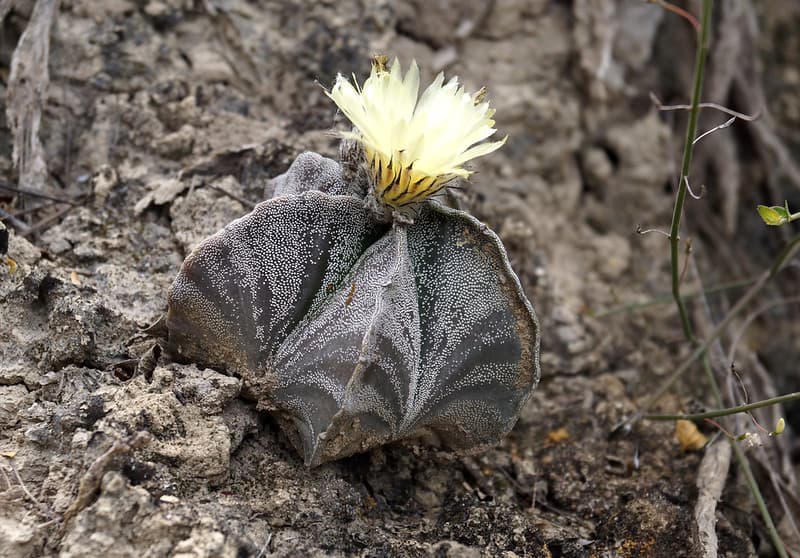
- Porous rock like pumice or perlite
- Crushed clay pots or bricks
- Coarse sand or small pebbles
Mix about 10 parts of these gritty ingredients with 1 part of low-nutrient material like loess (a clay-like sediment). The loess provides nutrients while the gritty parts ensure good drainage.
Low pH, Low-Organic Soil
Cacti from Chile or volcanic regions like the genus Copiapoa, Browningia or Eulychnia prefer a low pH soil with little organic matter. Use:
- Coarse sand
- Perlite, pumice, or crushed clay
- A small amount of clay (around 1 part to 10 parts gritty ingredient)
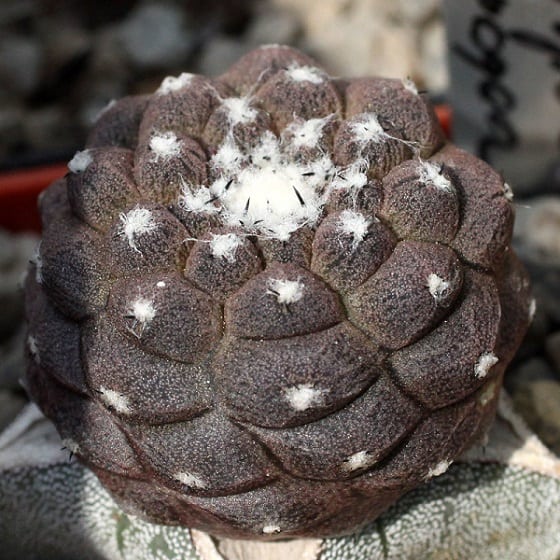
Low pH, Humus-Containing Substrate
This low pH humus-containing substrate is suitable for cacti genera such as Rebutia, Sulcorebutia, Lobivia, and other hardy genera native to South America that do well with slightly higher organic matter in cultivation.
The substrate mixture should consist of approximately:
- 80% purely mineral components (lime-free sand, perlite, pumice, etc.)
- 20% organic material (sifted compost, potting soil, etc.)
This type of substrate is also suitable for hardy outdoor cacti like Echinocereus, Escobaria, and cold-hardy Opuntia species.
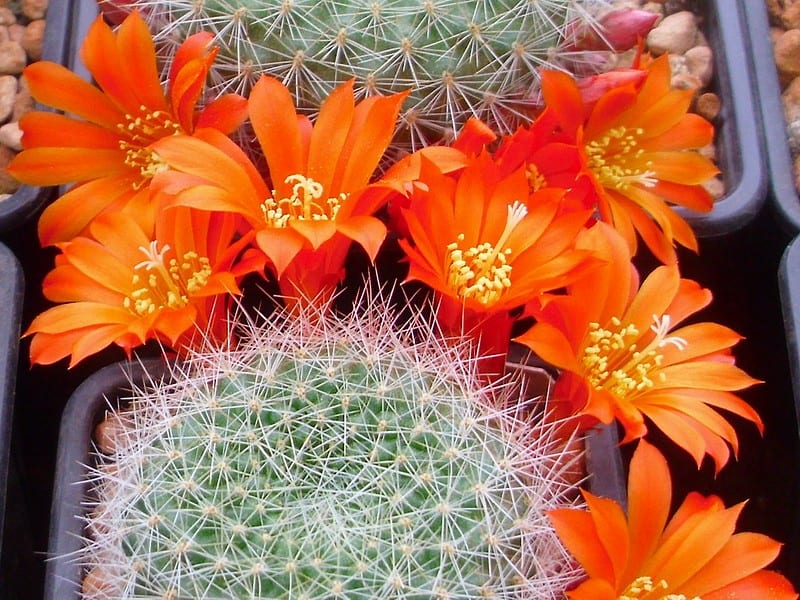
Airy Soil for Epiphytic Cacti
Species like the “Queen of the Night” cactus (Selenicereus grandiflorus) and other epiphytic genera such as Rhipsalis and Epiphyllum are epiphytes, meaning they grow on trees in nature. They need a very loose, airy mix such as:
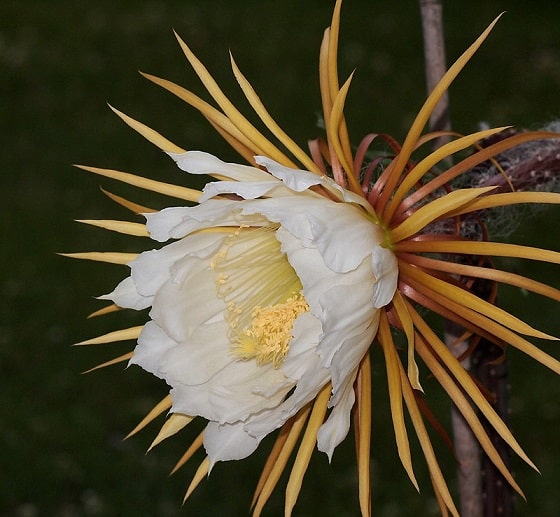
- 1/3 coarse organic matter (bark chips)
- 1/3 potting/planting soil
- 1/3 inorganic grit (perlite, pumice, etc.)
